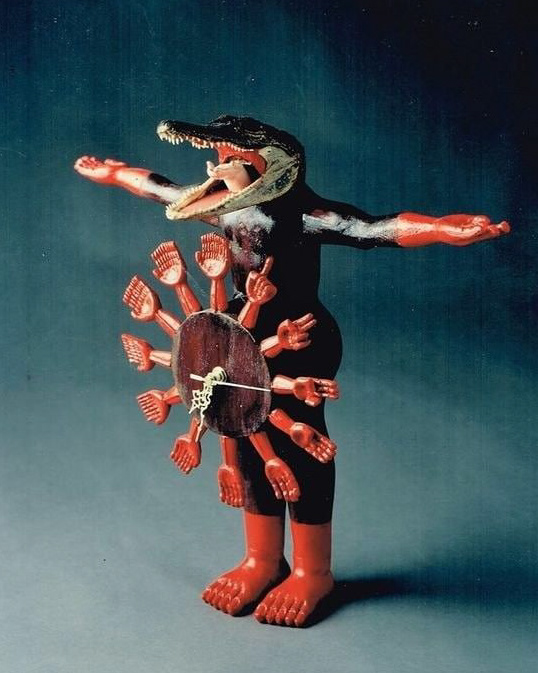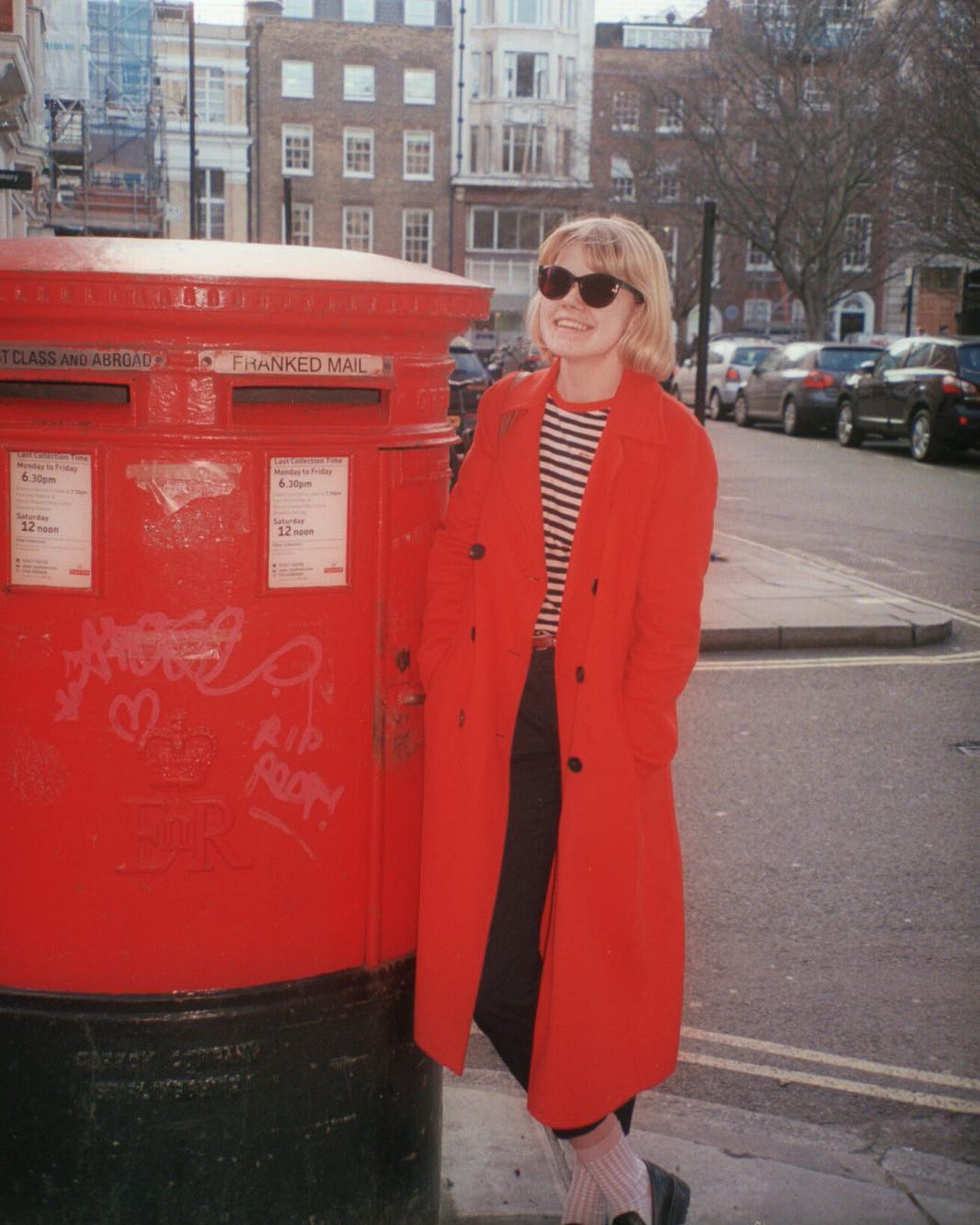I left college and entered art university in London at the age of 20. Having grown up in Finland where academia flourishes and standardisation in education is at its peak, I had certain expectations about university and attending one. Granted, I should’ve known, being an art student and all, that this experience would be highly subjective of the country and field of study. I can vividly remember my astonishment along with the disappointment of realising there’d be no math. No math, no physics (which I absolutely loathed in college), no geography, no biology. I started to question the whole deal after a few weeks of cut and paste. Surely this can’t be legitimate?
Never did I ever imagine I’d miss maths so much. As the daughter of an engineer, I managed to craft math problems around the creative brieves, enjoying every bit of calculating exhibition floorplans and print spines. Enter third year of uni and a visiting lecturer mentioning the layout bible called ‘Grid Systems’. This bright orange hard cover goodness of German precision and mathematical guidelines got me high on systemisation, organisation and – most of all – clarity. Here were a set of rules approved by some of the most talented people in the industry.
I devoured every word in that book over and over again. To this date the epic sits on my nightstand (a shrine to Bauhausian geometry in itself) as if to guard me from disarray in my dreams. What nobody told me was that there really are no set rules when it comes to design and actually working with it in ‘the real world’. It has taken me immense amounts of googling to figure out how to invoice, how to deliver the correct file formats to each customer, how to set up my prints, how to build digital environments. Now that I’m starting to get comfortable with how everything’s supposed to work, I realise it’s all made up. It’s mostly just guidelines that might make working easier but in reality, the math and the systems are not set in stone. Instead, one should find the most efficient way of working. And the most efficient way is usually the most obvious way.
It's like grammar and writing – one must know the rules in order to break them. It’s nice to know I’ve got tested and trusted answers in my orange bible for when I’m out of ideas but it’s equally liberating to know that even Jonathan Hoefler has not only green-lit but frankly encourages designers to trust what they see, that there’s no rules for design, that you can’t do it wrong simply by having a millimetre too narrow a marginal.
Never did I ever imagine I’d miss maths so much. As the daughter of an engineer, I managed to craft math problems around the creative brieves, enjoying every bit of calculating exhibition floorplans and print spines. Enter third year of uni and a visiting lecturer mentioning the layout bible called ‘Grid Systems’. This bright orange hard cover goodness of German precision and mathematical guidelines got me high on systemisation, organisation and – most of all – clarity. Here were a set of rules approved by some of the most talented people in the industry.
I devoured every word in that book over and over again. To this date the epic sits on my nightstand (a shrine to Bauhausian geometry in itself) as if to guard me from disarray in my dreams. What nobody told me was that there really are no set rules when it comes to design and actually working with it in ‘the real world’. It has taken me immense amounts of googling to figure out how to invoice, how to deliver the correct file formats to each customer, how to set up my prints, how to build digital environments. Now that I’m starting to get comfortable with how everything’s supposed to work, I realise it’s all made up. It’s mostly just guidelines that might make working easier but in reality, the math and the systems are not set in stone. Instead, one should find the most efficient way of working. And the most efficient way is usually the most obvious way.
It's like grammar and writing – one must know the rules in order to break them. It’s nice to know I’ve got tested and trusted answers in my orange bible for when I’m out of ideas but it’s equally liberating to know that even Jonathan Hoefler has not only green-lit but frankly encourages designers to trust what they see, that there’s no rules for design, that you can’t do it wrong simply by having a millimetre too narrow a marginal.







